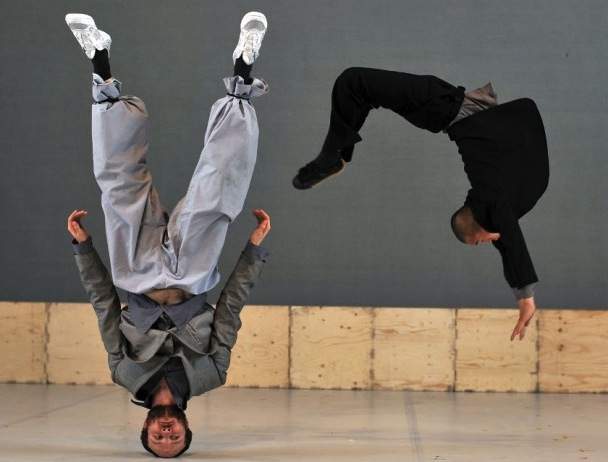Sutra
Why do mountain monks make popular dancers? Following a life-long interest, Flemish/Moroccan choreographer Sidi Larbi Cherkaoui travelled to the famous Shaolin Temple and sought his own answers.
Overview
Why do mountain monks make popular dancers? Following a life-long interest, Flemish/Moroccan choreographer Sidi Larbi Cherkaoui travelled to the famous Shaolin Temple and sought his own answers. Sutra is the result of that investigation.
Zen Buddhism or Chan Buddhism, as it is known by the Shaolin Monks of Henan is a quest to find enlightenment within oneself, through physical and mental experience, instead of seeking it always in intellectual pursuits. Hard work and meditation are the Zen ticket to transcend suffering in this universe. They are also, as Sutra proves, a way to produce phenomenal dance works.
Cherkaoui and his Shaolin co-performers seem to liquefy, their bodies flowing through forms that could easily snap the bones of the unenlightened. Alone, the performers would stun, but with sculptor Antony Gormley and composer Szymon Brzoska, this work transcends the scope of commercial dance.
There is a constant sense of the world unfolding, reforming and blending upon the Sutra stage. Gormley's wooden boxes provide a strong support for the elasticity of the dancers, creating platforms, forests, pillars, coffins and lotus flowers that echo stories of the Shaolin tradition. Such simplicity, wordless and instantly understood, is central to Cherkaoui's collaboration with the Chan buddhists. He and his team have crafted a physical emanation of Chan experience, merged with European traditions of dance, and the result is an elegant unity.
For your own taste of enlightenment, open your mind to Sutra this week.
Image by Hugo Glendinning.





